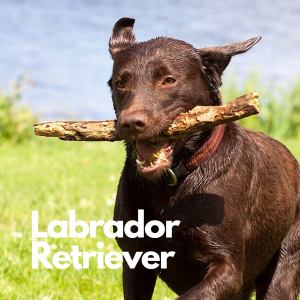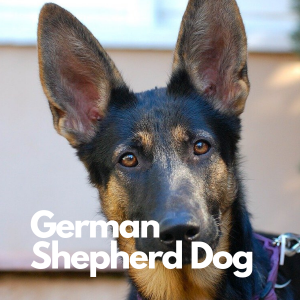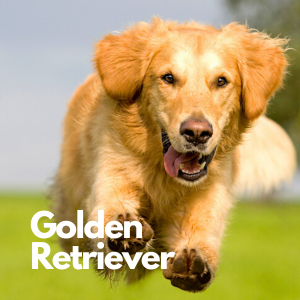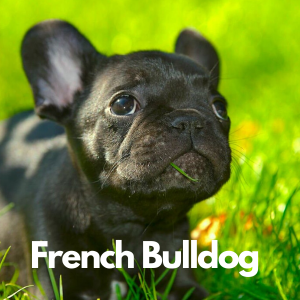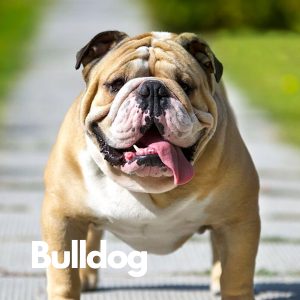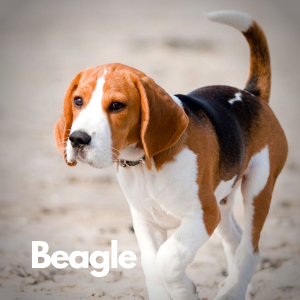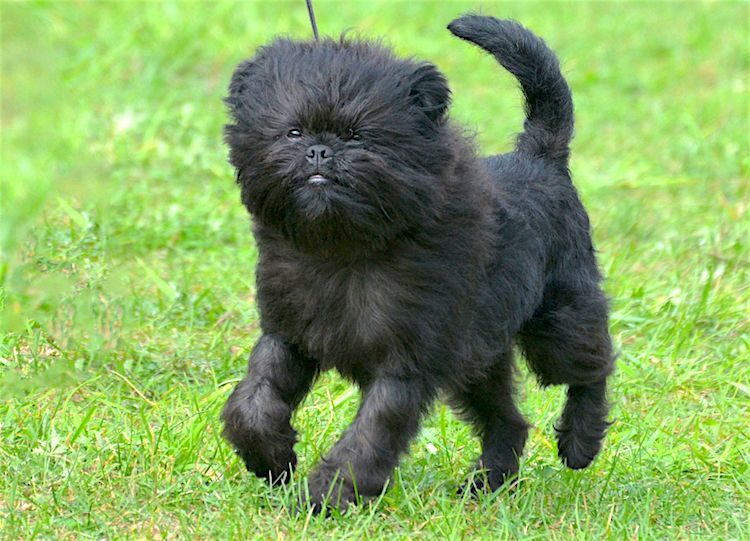
Toy
7-10 lbs.
9-11.5 in.
12-14 years
1. Key Characteristics of Affenpinschers
The Affenpinscher is a small dog often called a monkey dog or monkey terrier (see the dog’s face above). The name actually means “monkey terrier” in German.
A protruding jaw gives the Affenpinscher a pouting look.
They have round, dark eyes and small, compact feet.
2. Where Affenpinschers Came From
The Affenpinscher’s roots trace back to Germany and France.
The dog, nicknamed “little devil with a mustache” in France, was bred down in size and used to control rats in homes, mills and farms in the 17th century.
These dogs are some of the oldest toy breeds and were used to create the Brussels Griffon and Miniature Schnauzer. The American Kennel Club (AKC) recognized the breed in 1936.
An Affenpinscher won Best in Show at the Westminster Kennel Club Dog Show in 2013.
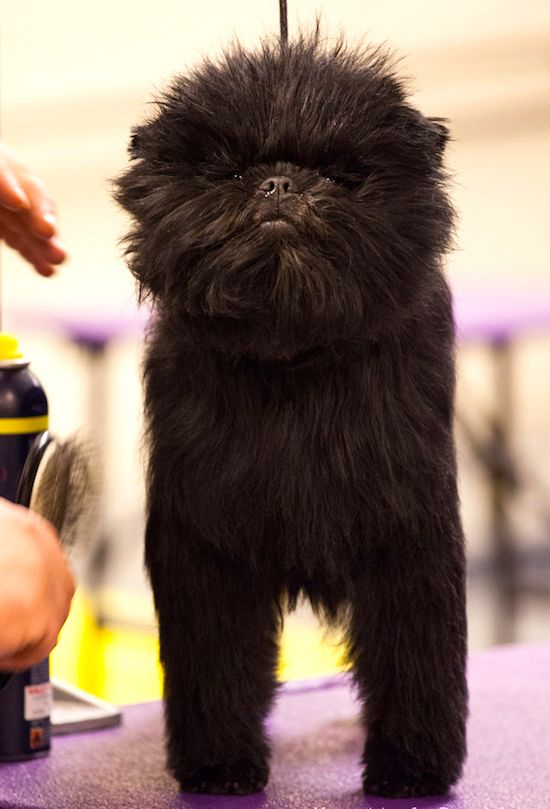
3. How Friendly Are Affenpinschers?
Affenpinschers are small dogs with playful and fearless personalities.
They’re also mischievous, intelligent, confident, inquisitive, loyal and affectionate.
These spunky dogs may be difficult to house-train and need consistent training. Note that Affenpinschers are small and prone to injury, so if you have young children, perhaps these dogs aren’t right for you.
4. Is This the Right Dog for You?
Exercise Needs
LOW: Affenpinschers are active indoors and do well without a yard.
They’re great for apartment living, but they still need a daily walk.
Grooming Needs
MEDIUM: Brush your Affenpinscher twice a week and trim the coat twice a year. The coat has dense, rough hairs.
Clip the dog’s nails regularly, brush the teeth and clean the ears. The Affenpinscher is prone to having dental problems, so pay special attention to the teeth.
Health Problems
MEDIUM: There are a few genetic and common health problems for the Affenpinscher, including:
- Fractures
- Luxated patellas (displaced knees or slipped knee cap)
- Patent ductus arteriosus (common heart disease)
- Open fontanels (soft or open spots on the skull)
They are sensitive to extreme temperatures and can experience breathing problems in hot weather.
Hairs can grow in eye corners and cause irritation. Teeth, thyroid and joint problems are also common in this breed.
More Stats About Affenpinschers
| Friendliness | ★★★☆☆ |
| Ease of Training | ★★☆☆☆ |
| Barking/Howling | ★★☆☆☆ |
| Shedding | ★☆☆☆☆ |
| Tolerate Being Alone | ★☆☆☆☆ |
| Very Good With Kids | ★☆☆☆☆ |
Watch this spunky breed in the following video:

5. How to Adopt an Affenpinscher
Want an Affenpinscher? Check rescues and adoption resources — even purebred animals can end up in shelters. Try Petful’s adoptable pet search.
If you choose to go to a breeder, make sure the breeder is reputable and doesn’t exhibit any of the puppy mill warnings.
References
- “Affenpinscher.” American Kennel Club. https://www.akc.org/dog-breeds/affenpinscher/.
- “Breed History.” Affenpinscher Club of America. https://www.affenpinscher.org/index.php/the-breed/breed-history.
- Teasdale, Toni. “Affenpinscher History.” The Affenpinscher Club. https://affenpinscherclub.co.uk/affenpinscher-history-by-toni-teasdale/.
- “Health of the Affenpinscher.” Affenpinscher Club of America. https://www.affenpinscher.org/index.php/the-breed/health-wellness/health-of-the-affenpinscher.

